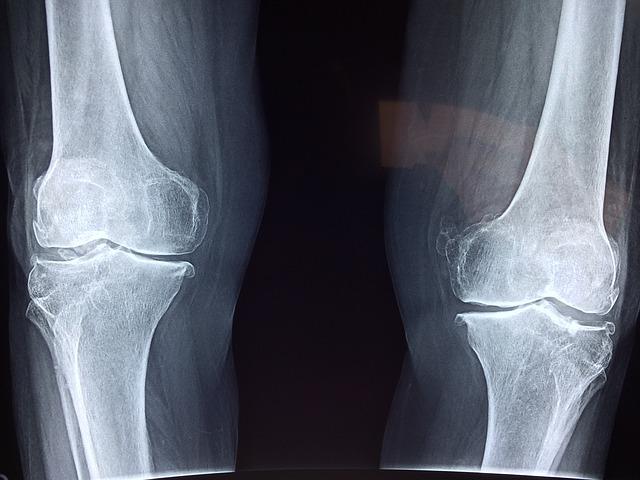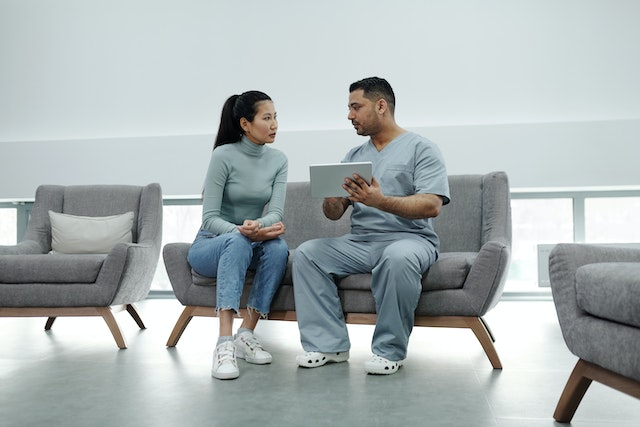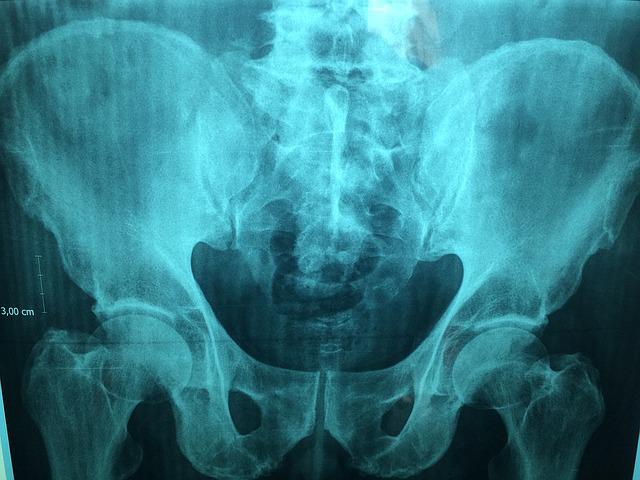Bone density is the ratio of skeletal weight (mass) to the volume or area of the bones. The heavier the bones, the stronger they will be. It affects physical activity levels, menopause, nerve signals, and more. A bone mineral density (BMD) scan compares your bone mass to an established norm and produces a score unique to you. This is different than a bone scan that looks for infections or cancer, or the presence of a fracture. A BMD scan helps determine the presence of osteopenia, osteoporosis, and the probability of future falls and fractures. A BMD score, combined with personal and family medical history, can help doctors get a complete picture of bone health.

The types of diagnostic imaging used to measure bone density have included ultrasonography, CT and MRI images, and central dual-energy x-ray absorptiometry (DXA or DEXA) tests. In 1988, the dual-energy x-ray absorptiometry (DEXA) scan was approved by the Food and Drug Administration (FDA) for clinical use. Since then, DEXA has become the gold standard for measuring bone mineral density. Its scan of the large bones at the lumbar spine and hips is most used. Shorter scan times and minimal radiation exposure makes it safe. DEXA transmits photons at two energy levels for soft tissue and cortical bone and aids in the diagnosing of osteopenia, osteoporosis, and fracture risk assessment. It is inexpensive and the most accurate imaging modality for assessing bone mass density and health.
Doctors and radiologists use the BMD score to comprise a T-score or Z-score, which is a comparison to a reference group on a standard deviation scale. T-scores are given to adults and are determined by comparison to a young gender-matched group with peak bone mass. Z-scores are given to children and are determined by comparison to an age-matched group. These scores are used in risk fracture assessment, low bone mass or osteoporosis diagnosis, patient criteria for clinical trials, and management guidelines for osteoporosis. It is crucial that BMD measurements are correct, as well as differences in T-score and Z-score population groups. Accurate documentation is necessary for dependable results. Any variation used in this process can affect the actual T-score and Z-score. Improvements in calculation methods are currently ongoing.
Maintaining strong bones is essential. Daily calcium, vitamin D supplements, and weight-bearing exercises can help slow bone loss. In addition, patients should have their BMD checked regularly. Patients should also be counseled on safety measures like fall prevention.

Top Teleradiology Company: Vesta
At Vesta Teleradiology, our U.S. Board Certified Radiologists are able to read and interpret DEXA scans. If you need supporting staff to cover nights, weekends and holidays, please reach out to us today: 1-877-55-VESTA.
